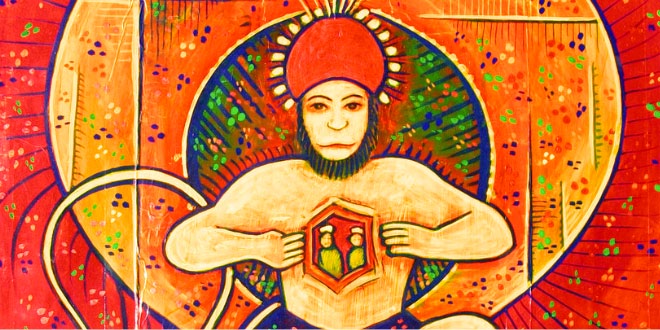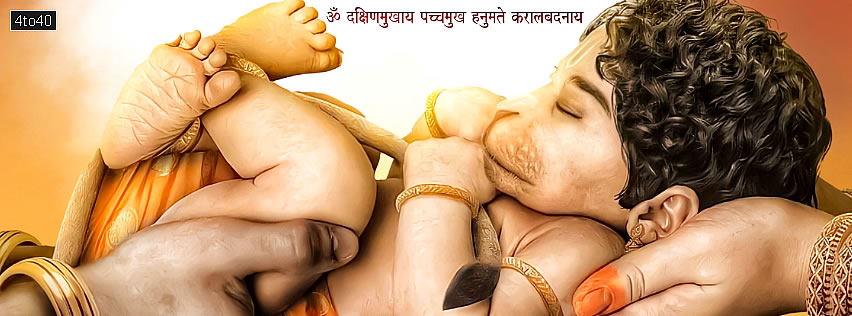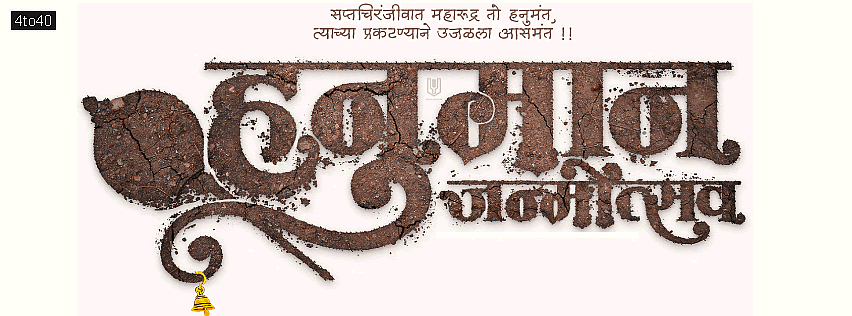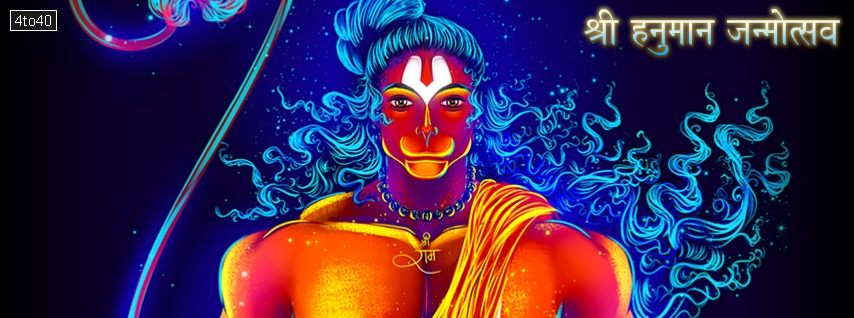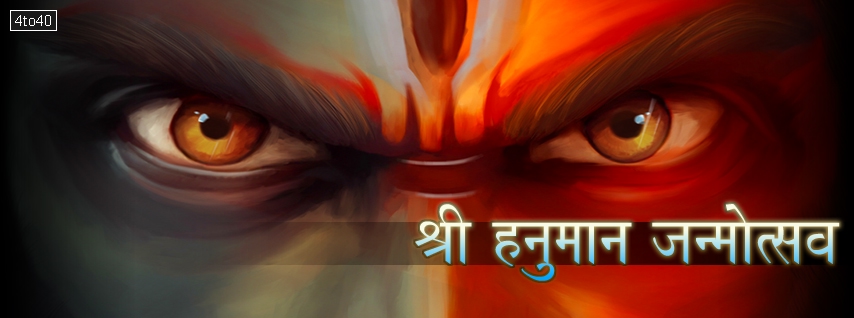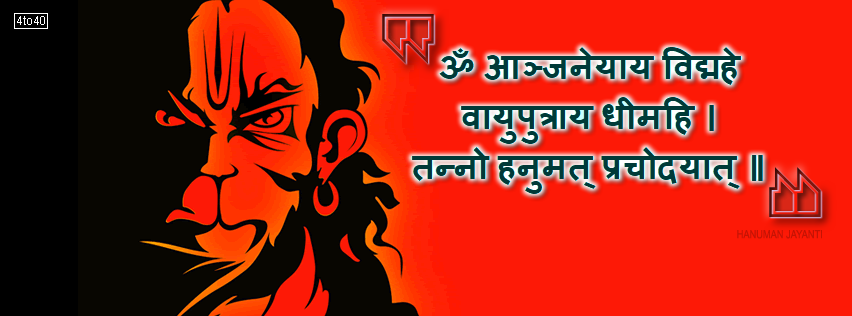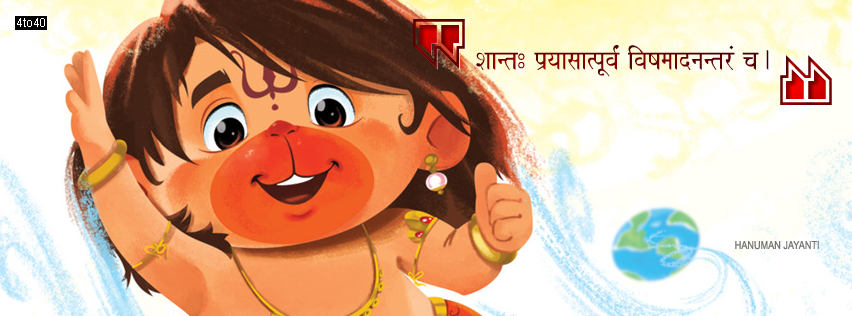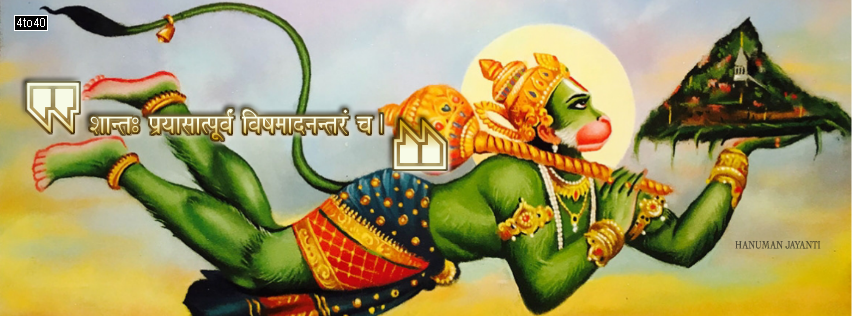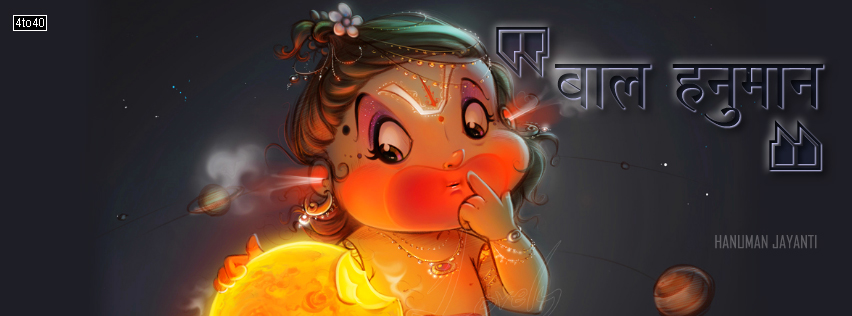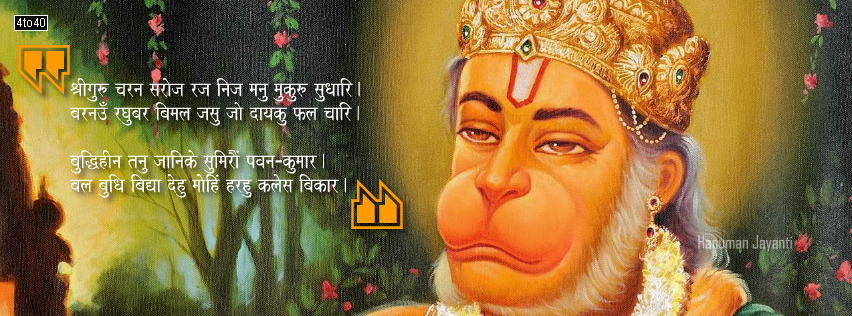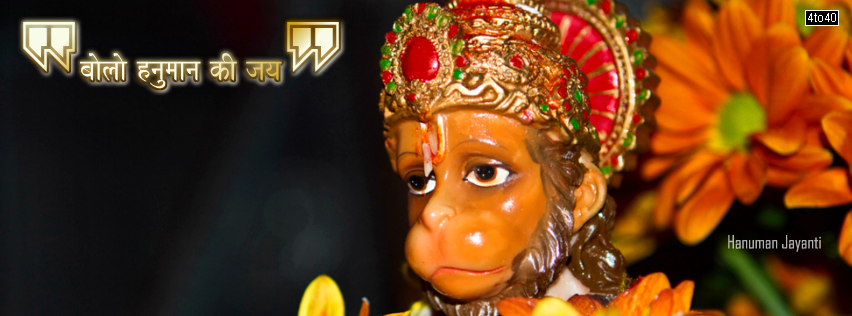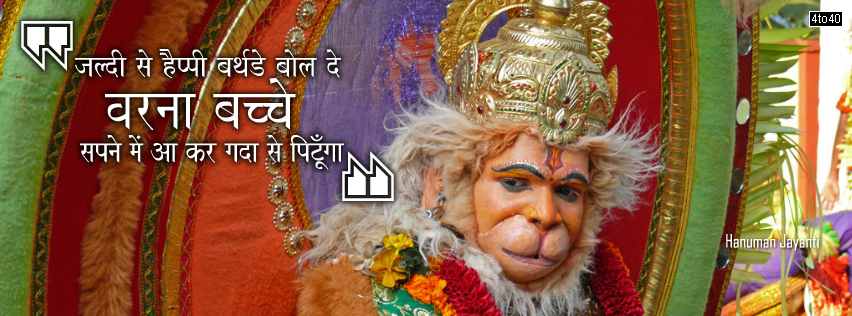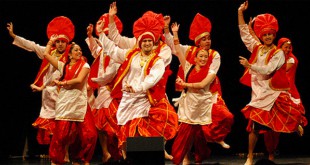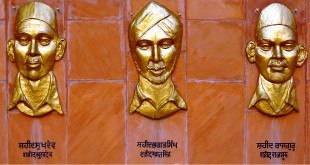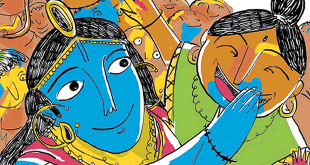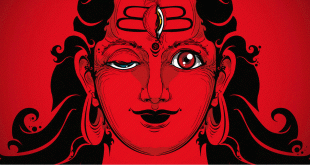Hanuman Jayanti Facebook Covers: In Hindu mythology, Shri Hanuman is regarded as the God of power, strength and knowledge. He is known as the “param bhakt” of lord Rama and is the incarnation of Lord Shiva. He was born to Kesari and Anjani on the Chaitra Shukla Purnima (Chaitra Shukla Purnima is the Full Moon Day on the Hindu Calendar Month of Chaitra) that is why, he is known as “Kesari Nandan” and “Anjaneya“. Here we have collection of Hanuman special Facebook covers. It’s Free!
Hanuman Jayanti Facebook Covers
In Hinduism, Hanuman is an ardent devotee of Rama. Lord Hanuman, known as the Lord of Celibacy was an ideal “Brahmachari” or called Naistika Brahmachari in Sanskrit and is one of the central characters of the Indian Epic Ramayana. As one of the Chiranjivi, he is also mentioned in several other texts, such as the Mahabharata and the various Puranas. Hanuman is the son of Anjani and Kesari and is also son of the wind-god Vayu, who according to several stories, played a role in his birth.
Hanuman Jayanti Facebook Covers
How Bajrang Bali got the name:
Seeing his child awake again, Vayu Dev’s anger abated. He came to Srushtri and restored the balance of the world. Pleased with this, Brahma Dev, Indra Dev, and all other Devas decided to bless Maruti with boons. Surya Dev granted him speed and wind like flow. Kubera blessed Hanuman with an infallible mace (the Gada) which he carries to this date. Yamraj blessed him with freedom from death. Brahma granted him immunity from Brahmastra and other divine weapons.
How the Indra Dev named Hanuman:
Indra Dev named Maruti as Hanuman, after the imprint left on his chin. He also blessed Hanuman with immunity from all kinds of weapons. He blessed Hanuman with a body as tough as his Vajra. This made Maruti Vajra Aang or Vajrang which later got corrupted to Bajarang in the local language. So he became Bajarangbali, one whose organs are as strong as Indra Dev’s Vajra.
What Vajra means:
Vajra in Sanskrit has two meanings. One is thunderbolt which strikes like a destructive weapon, and the other definition is diamond, non-penetrable hardest matter. Aang means body parts. Vajarangbali got corrupted in eastern parts of India to Bajrang Bali.
All the other legends:
There is another legend according to which Hanuman got his name Bajarang Bali from the very powerful Bali, the Ape King. Bali was very forceful in using his might to bully others and to impress women. Nobody dared challenge him. Hanuman once challenged him and won. Since then, Hanuman’s admirers gave him the title which literally translates “Bali” as body parts as strong as a mace.
The legend involving Sita:
According to another legend, once when Ram Rajya was established, happy Sita was applying vermilion (kumkum tilak) on her forehead. Curious Hanuman asked her the reason for this Sita explained that it was a ritual that would result in a longer and healthier life of Ram. As Hanuman was a big devotee of Ram, he liked this idea very much. He covered all his body with kumkum and turned himself in color orange.
What Bajrang means:
Bajrang means orange, and since then he came to be known as Bajarang. Bajrang is the one whose body and mind is tough and hard like Vajra. The word Bali in Sanskrit means “Powerful.” No wonder he is known as Mahabali or Mahaveer. He has the power of the first Mahayogi and the greatest Siddha (a self-realized soul).
 Kids Portal For Parents India Kids Network
Kids Portal For Parents India Kids Network
